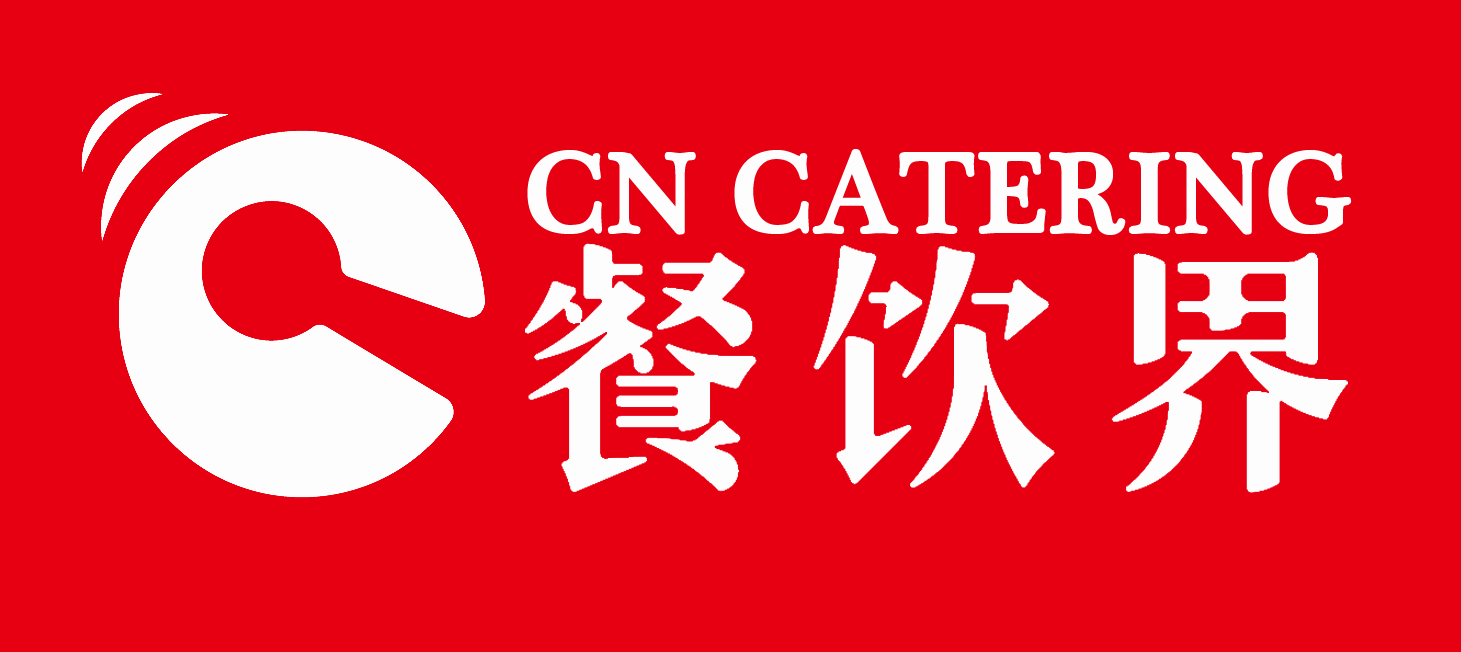4 simple steps, let the restaurant not worry about returning customers!Today's headlines

Many restaurant owners think that their home tastes very good, but there are not many repeat customers. What should I do?
I dare not jump to the conclusion that the taste of his home is really bad, but I think the "good taste" from his mouth is probably an arbitrary conclusion. Whether your taste is good, or whether your product is good, it doesn’t count. Only the customer says it.
In many cases, I "feel good about myself" with the dishes, but when I found a cheap place, I opened the store, and ended up in a situation of "no customers".
To retain customers, we must start from the customer's point of view and give them an experience beyond expectations. You might as well follow the following 4 steps.
ONE
First of all: you can’t feel good about yourself when you cook
Whether the product is good or not, it is not you who have the final say. The customer only counts.
For example, you have developed a dish yourself, worked hard, and it took a long time to finally make the dish. At this time, as long as someone says it’s not good, you will feel unhappy in your heart. There may even be a mentality of "what do you know", feeling that customers don't understand this dish at all.
No matter who you stand in, it may not be wrong, maybe the customer really doesn't understand, or the dishes you cook are really not good.
But one thing in this process is that the dishes are made by you, and if you spend a lot of effort, you will give a score higher than normal for the score of the dish.
Therefore, if you want to retain customers, you need to see whether you are doing well or not, and whether this is good or not, you need to be evaluated by customers instead of "feeling good about yourself."
Note: The product here focuses on dishes + service.

TWO
Understanding customer needs: there are 3 ways
To provide high-quality dishes and services, it is necessary to understand what customers need, and then derive how to exceed expectations based on their needs.
How to understand customer needs, the following three points are what you need to do.
Observe every part of the customer’s meal
As a boss, the most important thing you need to do in a store is to observe customers. See what problems they have encountered during the entire process from entering the store to leaving. In which links have abnormal performances occurred.
For example, during the process of queuing, customers walked away temporarily, and they had to be re-arranged when they came back. Later, there was a number-calling machine, which queued up with a small ticket instead of being there.
When customers were seated to order, where they hesitated, and because they were uncertain about what to choose, they were not sure whether to choose this or that.
Are there too many choices, similar dishes, or unreasonable menu design? Is it possible to launch small packages without brain-burning for customers to choose? These details are what you need to observe carefully in order to discover the problems.
Investigate customer needs without asking hypothetical questions
Inquiry is not a very effective means. Only when customers encounter specific problems can they get a valuable answer with a high probability.
Because most of the time, the customer may not know what he needs, or the answer he gives is just a situation he envisioned. When you put the product he described in front of him, it is very likely that he will say, not like this.
So when inquiring, don't ask questions like "If I am like this, will you be like this?" This kind of questions that have limited conditions has a high probability of not getting effective information.
Just like when Coca-Cola launched a new flavor, a questionnaire survey was conducted, "If we launched a new flavor of Coke, would you choose?" The result was that most customers said yes. But when the new product was launched, the market was opposed and demanded to restore the old taste.
This is a failed survey, not because the customer lied to you, but because they didn't know what they needed.
firsthand experience
Experiencing this trick for yourself is the most important part of studying customers. This turns you into a customer, to experience the entire process, to feel what is wrong.
For example, a while ago I went to a pickled cabbage fish, about an hour before and after, I found nearly 10 obvious problems. Among them are service, dishes, and environment.
As a business operator, if you do not have the same personal experience as the customer, it is almost impossible for you to understand the problems that the customer feels during the meal.
For example, the most basic tabletop floor hygiene, environmental noise, presence or absence of peculiar smell, the experience of waiting in line for a meal, etc., without personal experience, there is no right to speak, let alone understanding oneself.
Then there is no way to improve and upgrade.
Don't wait for customers to take the initiative to give you advice. There are so many choices. The big deal is that you won't come next time. It's nothing more than losing the meal money this time. It's no big deal. But what about you? Maybe it is facing hundreds of thousands of millions of investment, when will it be recovered.
After observing, inquiring, and personally experiencing, many problems will surely be found. Then, in the next step, we need to standardize these problems and formulate relevant standards and principles.

THREE
Improvement issues: to be prioritized
Now that the problem is found, isn't it enough to directly modify the product and service? Why is it so troublesome to formulate standards?
However, if there is no main line, no rules and regulations, how to make sure that the direction is correct?
Therefore, you must have your own standards and principles and let employees share the mission and values before they can be implemented. Otherwise, when faced with conflicts and contradictions, you will be messed up.
Here, a sample is listed for your reference. That is, in the process of improvement, the priorities are arranged as follows:
1. Security
Issues related to food safety and the personal safety of customers are the first to be solved.
For customers, eating safely and assuredly is much higher than good food and good experience.
For example, if you eat puffer fish desperately, it will cause big problems if you don't handle it well, so many people don't dare to try it, although the puffer fish is delicious.
Another example is that many street-side skewers in Xi'an used liquid alcohol for heating. Some people were afraid to eat them because they were worried about safety.
Especially if a certain store has food safety problems, it will be remembered, and the chances of going back later are very low.
2. Etiquette
Regarding the improvement in hospitality etiquette, as a secondary problem.
On the basis of products and each, there is a better service experience, which will keep customers and the probability of customers coming again next time will be greatly improved.
The catering itself is a service industry. The dishes are not enough, and the service comes together and the service is perfect. It is not a big problem if the dishes are not perfect. For example, some fishing.
3. Taste
Regarding the suggestions and problems of taste, put it in the third place to solve.
This is delicious. It’s too competent, so don’t pursue the ultimate in taste. Customers should give their opinions and refer to the peers. If it’s a special case, don’t worry too much and satisfy most customers.
4. Efficiency
Suggestions and questions on efficiency are placed in the fourth place. If you are doing well in the first three items, then the efficiency is slightly lower, for example, the queue time is slightly longer, and most customers can still accept it.
You see, with the above four principles, and then there are solutions and manuals for specific problems, can everyone be able to judge which level the problem belongs to and how to deal with it. There are also evidences to follow when encountering problems, and there are rules to follow.
For a person, there is only one thing to do at a time, and then do the most important thing.
Once the process is clear, you can move on to the next step and implement actions.
FOUR
Landing execution: 3 points that must be paid attention to
In the process of implementing actions, first of all, all employees must have a unified concept, which is the mission, vision, and values mentioned above. Only in this way will it not go wrong.
In the process of implementation, there are three points that you must pay attention to:
1. Staff
It's your waiter, your foreman, and your store manager.
According to different job roles, there must be their own operation manuals. This operation manual is not the responsibility list, but the instructions. How to deal with certain problems when you encounter them.
For personnel training, it must be in place. This sentence is a little fictitious. What is in place?
Then it must be integrated into the scene for training to be "in place".
2. Scene
Remember the "personal experience" mentioned above? This is sceneization.
In a certain scene, encountering a certain problem and making the appropriate response is the most real and most memorable one.
For example, when meeting a guest complaint, there are those who are easy to speak, and there are those who are difficult to speak, such as men and women. So what should be done for the good-speaking customers to solve the problem as quickly as possible.
How to deal with those who encounter professional hold-ups? This is the combination of scenario-based training for employees, and they can deeply perceive them. Instead of the few minutes in the morning meeting, say a few words and ask if you remember it. That's useless.
3. Process
Finally, there is the process. The "exceeding expectations" of the service experience is the optimization of the process.
For example, for your hairy belly hot pot, you can indicate on the menu that the hairy belly will be rinsed for a few seconds, or you can ask the waiter to tell the customer "several times" when the dish is served.
You can also ask the waiter to do a demonstration while the customer is having the hairy belly and tell the customer that the taste is the best when you eat it in this way, so that you can taste the authentic taste of the hairy belly.
Every improvement in these details is a "surprise" that exceeds expectations in the minds of customers.
If your store is not big and the customer unit price is not too high, but the service you provide is completely beyond customer expectations, then he can not only remember you, but also spontaneously help you spread, "A small store can do At this point, it’s pretty good, you have to try it, it’s really great."
If you have such a reputation, are you afraid of not making money?
What he gave to the customer exceeded his expectations. It would be strange if he didn't come.
免责声明:1.餐饮界遵循行业规范,转载的稿件都会明确标注作者和来源;2.餐饮界的原创文章,请转载时务必注明文章作者和"来源:餐饮界www.canyinj.com",不尊重原创的行为餐饮界或将追究责任;3.投稿请加小编微信toutiaoxiansheng或QQ1499596415。4.餐饮界提供的资料部分来源网络,仅供用户免费查阅,但我们无法确保信息的完整性、即时性和有效性,若网站在使用过程中产生的侵权、延误、不准确、错误和遗漏等问题,请及时联系处理,我们不承担任何责任。
 扫码关注餐饮界微信号
扫码关注餐饮界微信号


 Media
Media


